- All posts
- Concrete
- Driveway
- electric heated mats
- Energy Efficiency
- Enjoy
- Hail
- Health
- Heated Driveways
- Heated Floor Mats
- Heated Mats
- Home Maintenance
- Ice
- ice dams
- Landscaping
- Liability
- Michigan
- Press + Praise
- Property Maintenance
- residential
- Roof
- Roofs
- safety
- salt
- Senior Safety
- Shoveling
- shovelling
- Slip and Fall
- Snow
- snow and ice management
- Snow and Ice Removal
- Snow Melting
- Snow Melting Mats
- Snow Removal
- Snow Removal Contractor
- Winter Car
- Winter Driving
- Winter Gardening
- winter prep
- Winter Safety
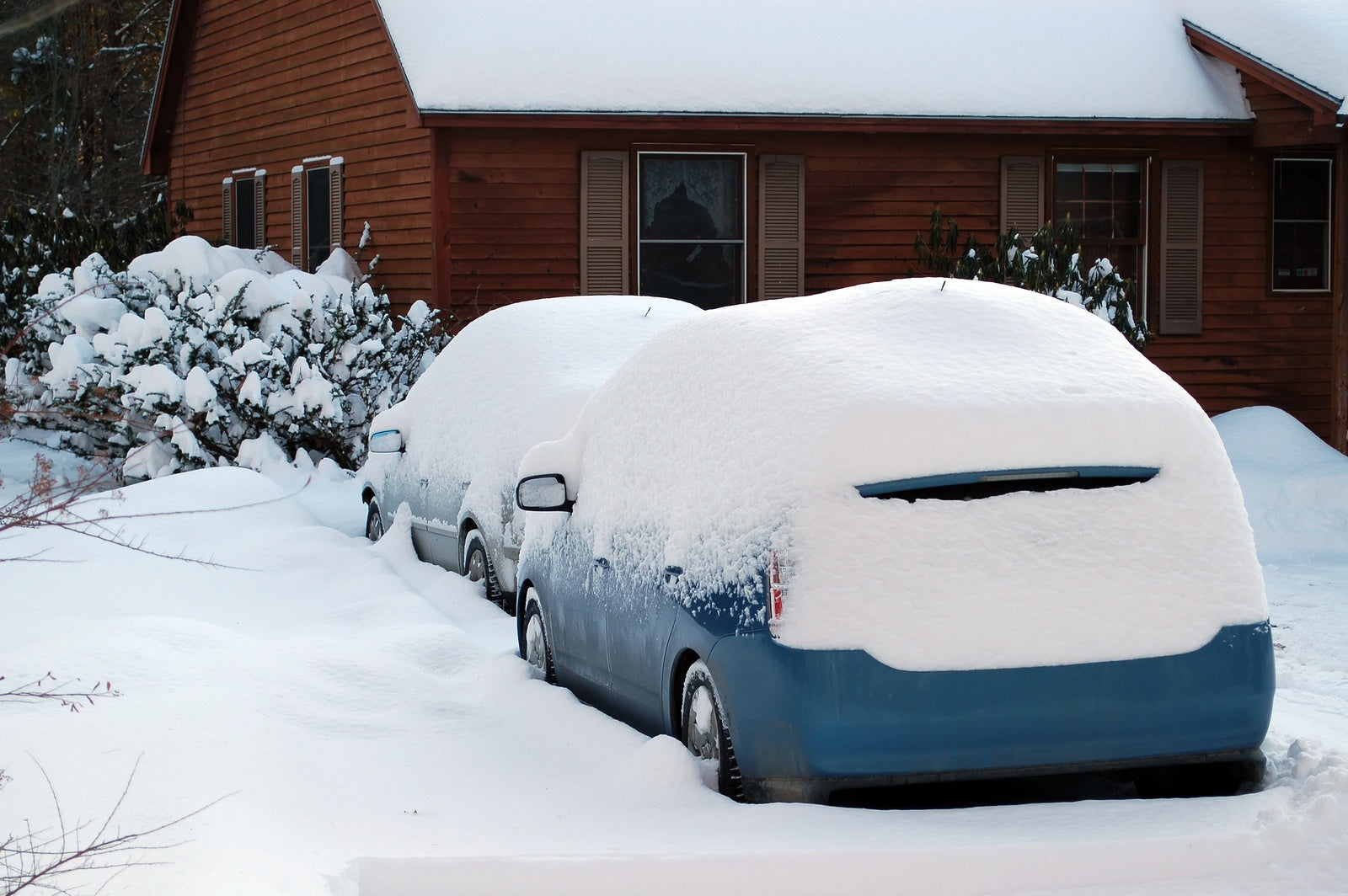
Preparing for the arrival of harsh winter weather is more than a matter of convenience: it’s critical to protecting your safety and health. Serious injuries are all too common in the winter, from s...
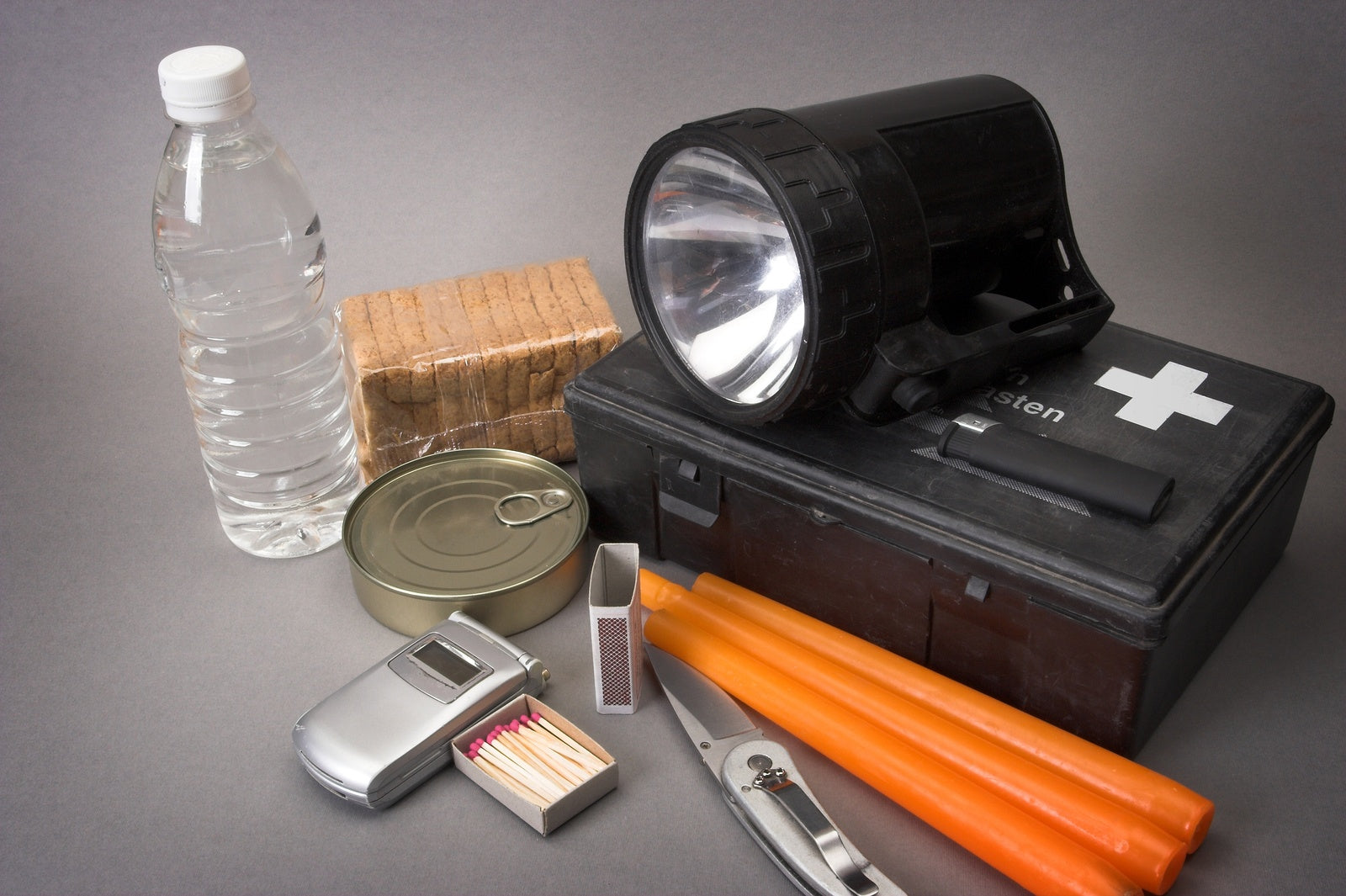
Are You and Your Family Prepared for Winter Storm Season? Six Questions to Ask Yourself
AccuWeather is predicting above-average snowfall for the East Coast this winter, and a long winter for the entire U.S. What this means is: if you haven’t already done so, now is the time to get rea...
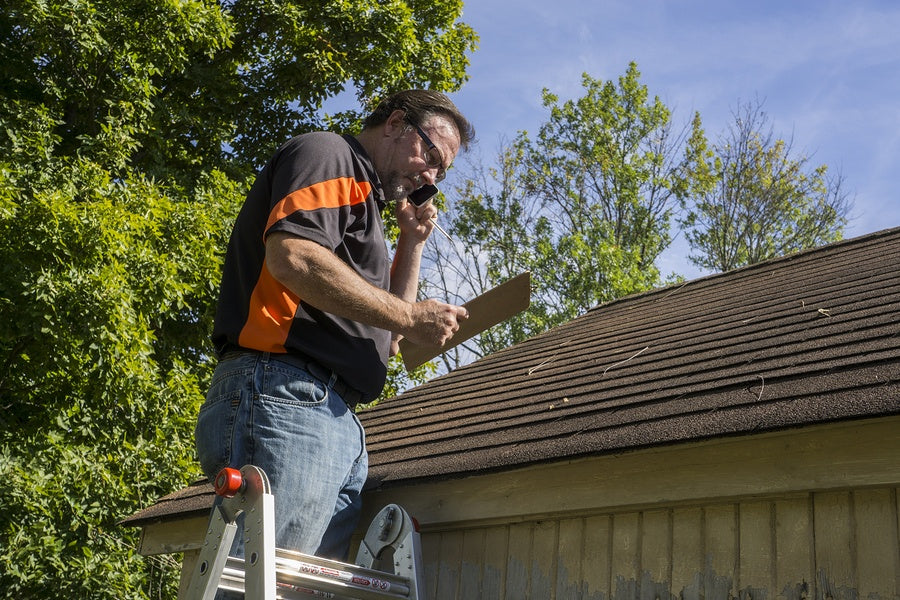
The Average Cost of Hail Damage Repair
Many homeowners are prone to ask, "What does it cost, on average, to repair the damage done by a hail storm?" The question is important, and hail damage repairs can often cost thousands of dollars...

Winter Drive Survival Kit: 5 Things to Keep in Your Car This Season
Winterizing your home in case of an emergency snow-in is one major task you should attend to before winter, but you must also consider the possibility of being stranded inside your vehicle during...
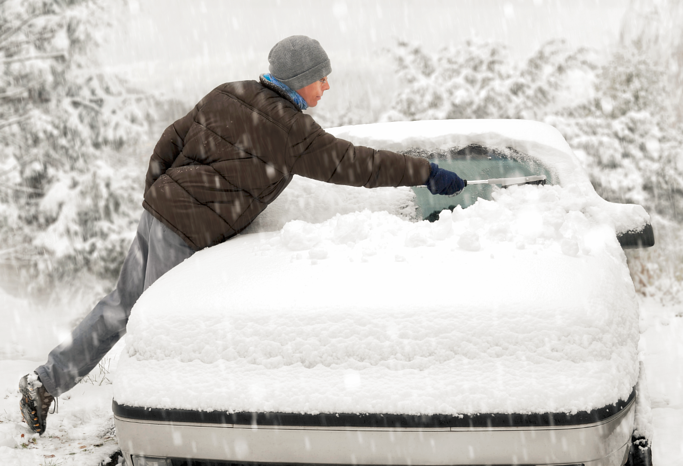
How to Drive in Snowy Weather: Five Tips for a Safer Commute
Driving on our nation's highways is challenging enough during the springtime, summer, and fall, but when winter arrives, the dangers of the road increase dramatically. Learning how to handle the s...
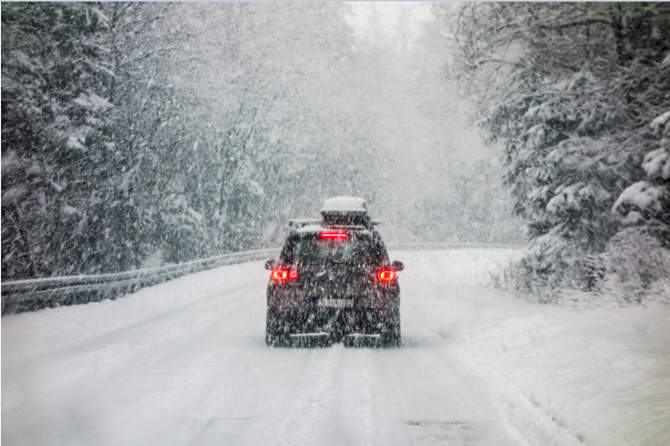
10 Must-Do Steps To Make Your Car Winter-Ready
If you live in an area that experiences cold temperatures, sleet, and snow during the winter, there are certain steps you should take to prepare your car and yourself for inclement weather. You sh...